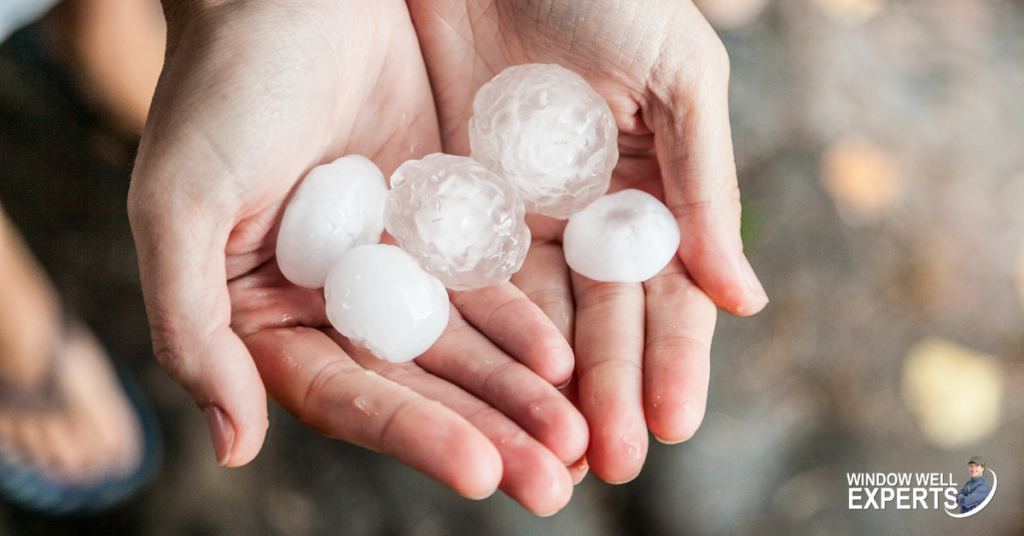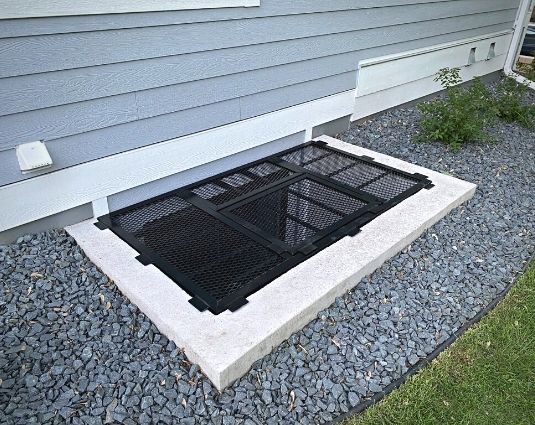Hailstorms can be a homeowner’s worst nightmare, causing extensive damage to properties and leaving behind a trail of destruction. From shattered windows to dented roofs, the impact of hail can be devastating. But fear not! In this guide, we will show you how to hail-proof your home and protect it from the wrath of these icy projectiles.
So, how do you know if your home has been hit by hail? Look out for common signs of hail damage such as dented gutters, cracked shingles, or broken windows. These are telltale signs that your home has been pummeled by hailstones.
Now that you understand the impact of hail, it’s time to assess your home’s vulnerability. Identify weak points in your home’s exterior, such as areas where the roof may be aging or windows and doors that lack durability. By evaluating the condition of these elements, you can determine the level of protection they offer against hail.
In the following sections, we will dive into the various ways you can protect your home from hail damage. From choosing impact-resistant roofing materials to securing windows and doors, we will provide you with practical tips and techniques to safeguard your property.
Understanding hail damage

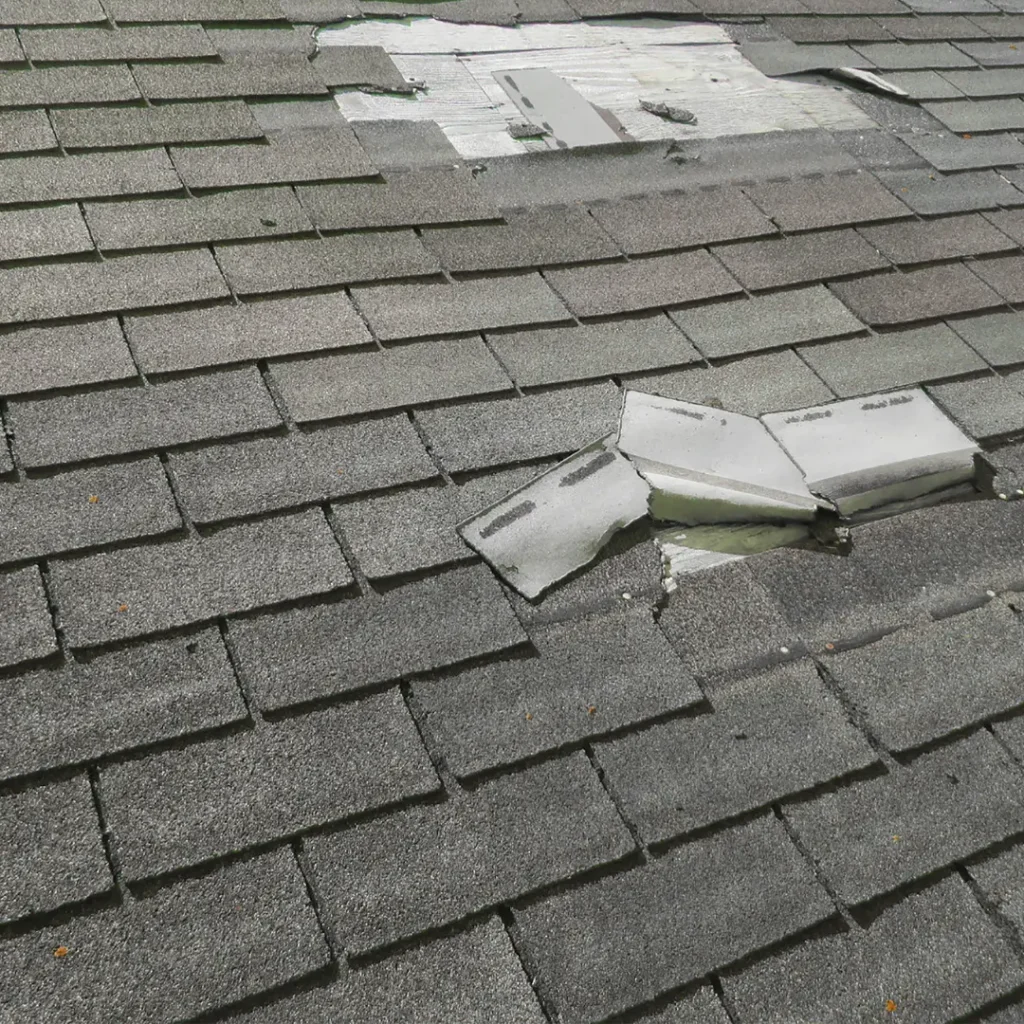
Hail, oh hail! These small balls of ice can wreak havoc on our homes without warning. They form when strong updrafts carry raindrops into extremely cold areas of a thunderstorm, causing them to freeze and fall as hailstones. The impact of these icy missiles on our houses can be quite devastating, leaving behind dented cars, damaged roofs, and shattered windows.
Assessing your home’s vulnerability
It’s time to take a good hard look at your home and figure out where it might be vulnerable. Start by identifying any weak points in the exterior, such as cracks, gaps, or areas that seem to be deteriorating. Next, climb up on the roof (if you can do so safely) and give it a thorough evaluation. Check for missing shingles, signs of water damage, or any other issues that could make your home susceptible to hail damage.
After you’ve finished with the roof, turn your attention to the windows and doors. Are they in good condition? Do they have strong frames and secure seals? Take note of any potential problem areas that might need reinforcement. By thoroughly assessing your home’s vulnerability now, you’ll be better prepared to shield it from potential hail damage in the future.
Remember: an ounce of prevention is worth a pound of cure! It’s always better to safeguard against potential hazards than deal with costly repairs later on. So grab a pen and paper (or open up a notes app on your phone) and start making a list of areas where your home might need some extra protection.
Protecting your roof
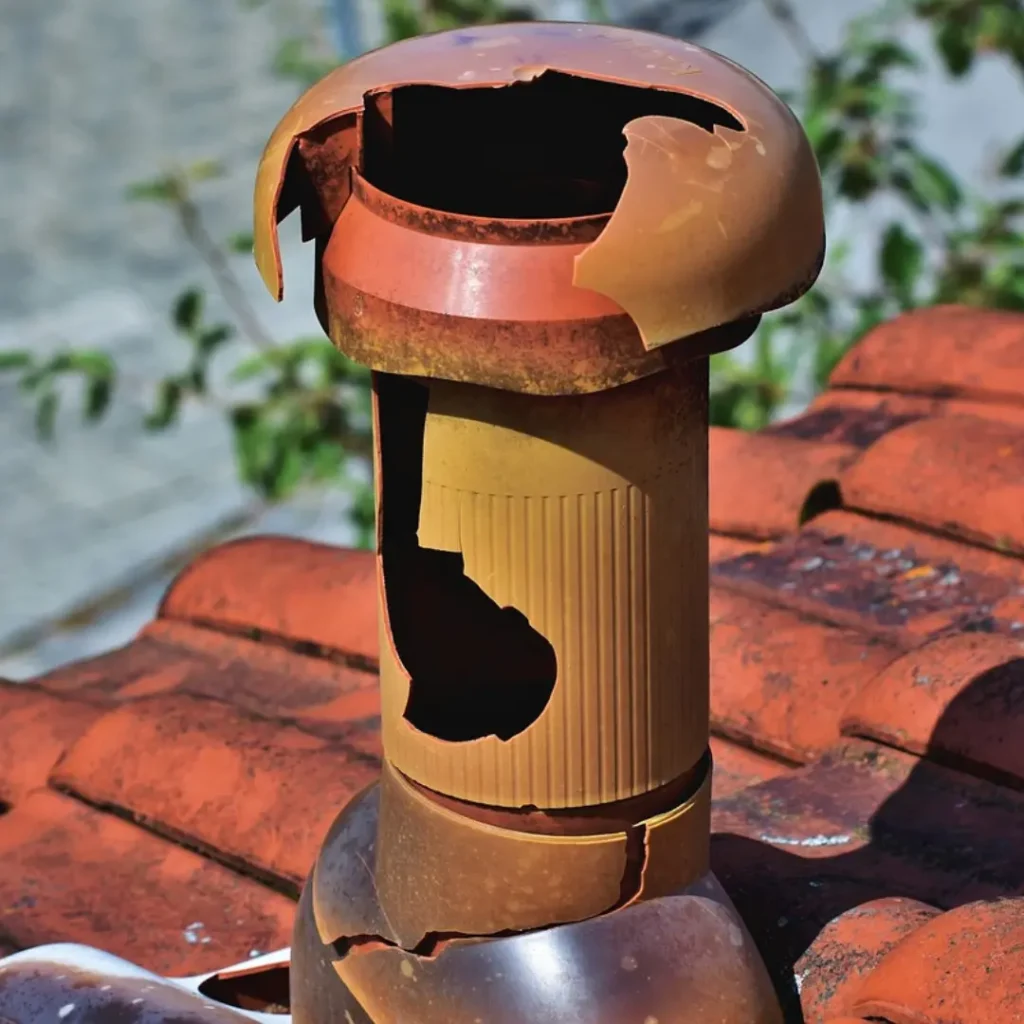
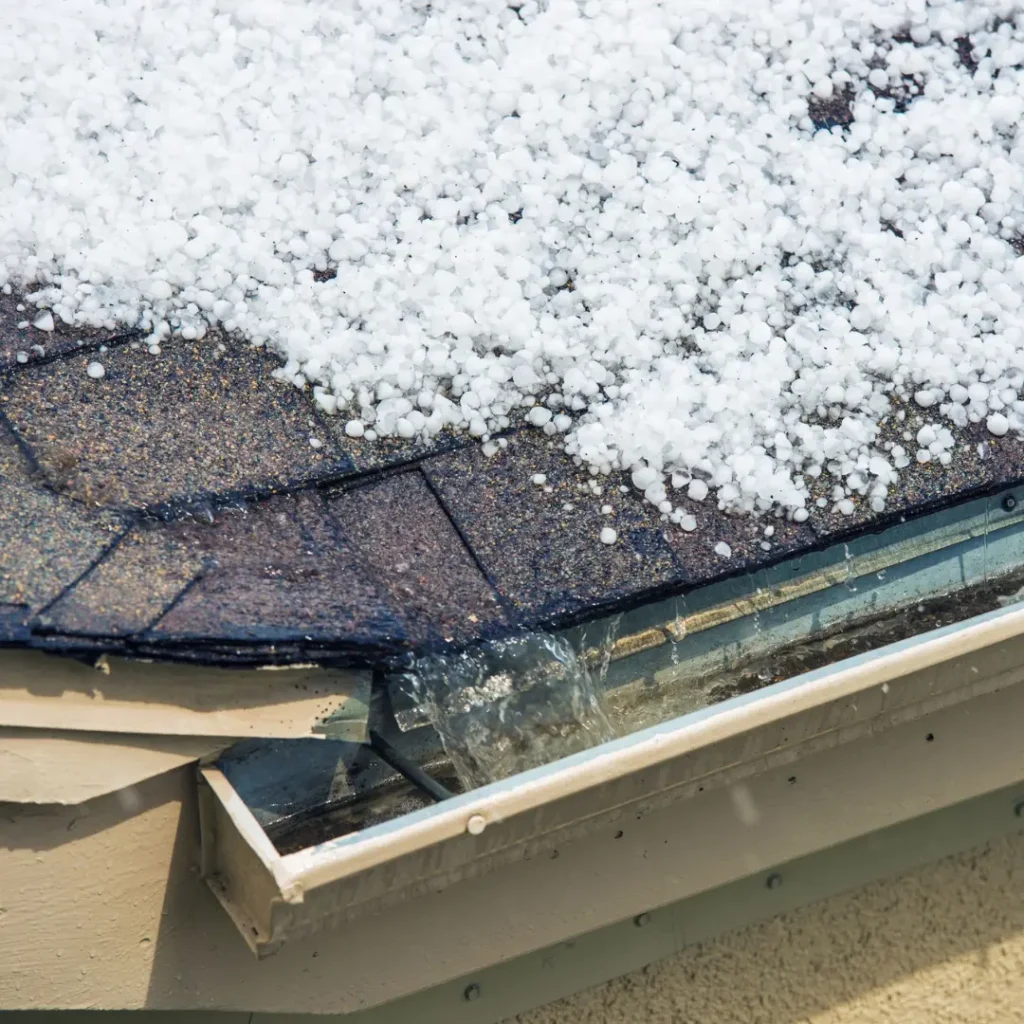
When it comes to safeguarding your home from hail, protecting your roof is crucial. Consider choosing impact-resistant roofing materials that can withstand the force of hailstones without sustaining damage.
There are a couple of different options that may offer better protection. Dent-resistant metal roofing is one of them. This is designed to stand against the damages caused by hail. Another option to look into is rubber-style roofing. Investing in a hail-resistant roof now can save you time and money on repairs in the long run.
In addition to selecting the right roofing materials, it’s essential to ensure that your roof is installed properly to maximize its resistance against hail. Hiring experienced professionals who are familiar with installing hail-resistant roofs can make all the difference. Proper installation techniques, such as secure fastening and sealing, can enhance your roof’s ability to withstand severe weather conditions, including hailstorms.
Once you have a resilient roof in place, don’t overlook the importance of regular maintenance. Keep an eye out for any signs of wear and tear, such as loose or damaged shingles, and address them promptly. Maintaining your roof will help prevent potential hail damage and extend its lifespan, providing long-term protection for your home.
Securing windows and doors
When it comes to protecting your home from hail, one of the most important things you can do is secure your windows and doors. Installing impact-resistant windows is a great way to safeguard against hail damage. These windows are specially designed to withstand the force of hailstones, providing an extra layer of protection for your home. To learn how to protect windows from hail, it’s crucial to explore additional strategies such as installing protective covers or screens and ensuring proper maintenance to address any vulnerabilities. By taking proactive steps, you can minimize the risk of hail damage to your windows and enhance the overall resilience of your home.
Reinforcing doors against hail is another crucial step in hailing proofing your home. You can add additional locking mechanisms or even install a storm door to provide extra security. By taking these measures, you can minimize the risk of any potential damage caused by hailstorms.
For added peace of mind, consider adding storm shutters to your windows. These shutters are designed to provide additional protection during severe weather events, including hail storms. They act as a barrier between the exterior elements and your windows, reducing the likelihood of any damage occurring.
Permanent Storm Shutters Or Temporary Storm Shutters
Both permanent and temporary shutters can offer great protection for your windows.
Permanent shutters are typically made of aluminum or steel and attached to the building so they can be easily shut when a storm rolls in. They make it quick and easy to so everything can be protected in just a few minutes.
Temporary shutters are usually constructed of a corrugated material. The hinges should be installed on the home ahead of time so when a storm is expected, the shutters can be installed quickly and easily. This takes a little longer than the permanent style but may be a better option if you’re not crazy about the look of permanent shutters.
Strengthening Your Siding and Exterior Walls
You can take the first step towards hail-proofing your home by reinforcing your siding and exterior walls. Using impact-resistant siding materials is a great way to add an extra layer of protection against hail damage. These durable materials are designed to withstand impact, reducing the risk of cracks or dents caused by hailstones.
Another effective method is applying a protective coating to your exterior walls. This added layer of defense can help minimize the effects of hail, keeping your walls safe from potential damage. Additionally, implementing proper drainage systems can prevent water accumulation on your siding, which could weaken its structure over time.
Protecting Outdoor Structures
When it comes to safeguarding your outdoor space from hail, securing your furniture and equipment is a top priority.
Hail protection for cars
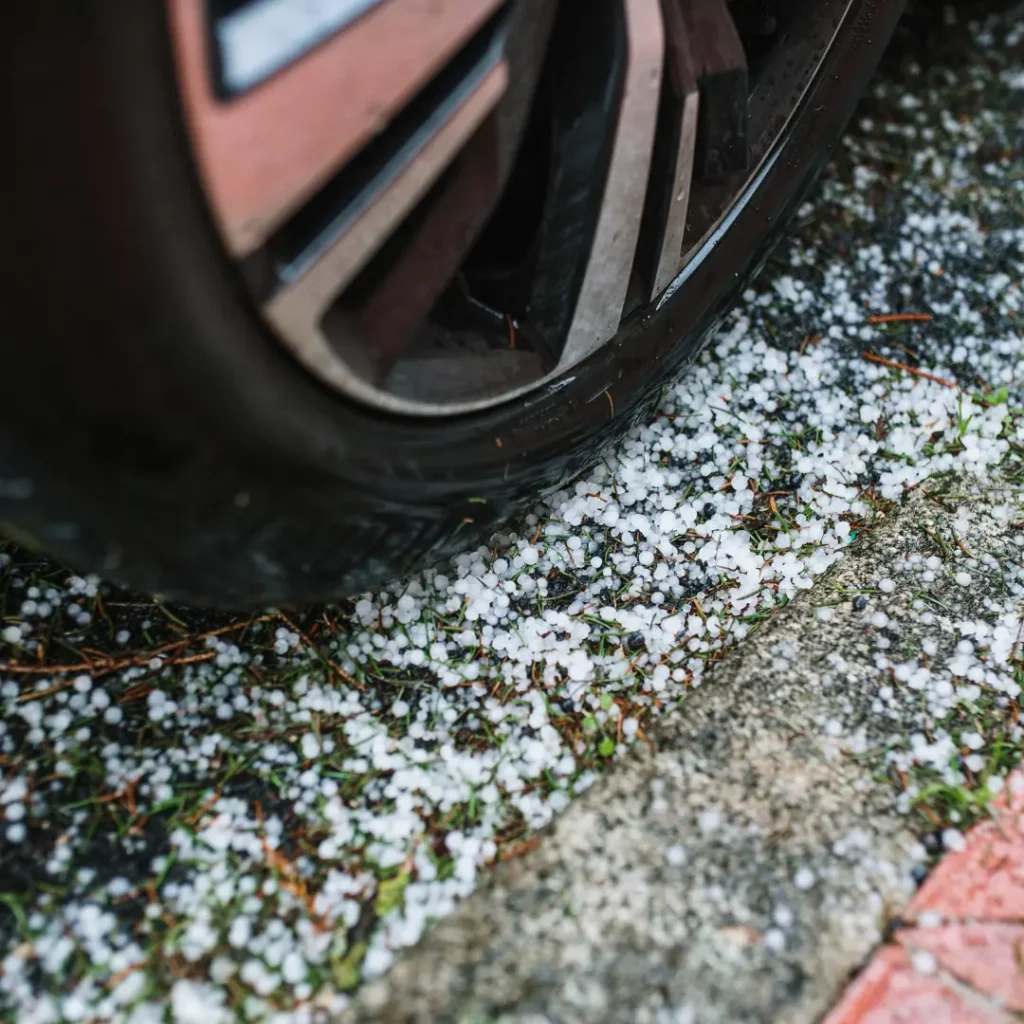
Investing in protective coverings such as car covers or thick blankets can shield your vehicle’s exterior from hailstones. Securely fasten these coverings to prevent them from being swept away by strong winds. Avoid parking near trees or structures during hailstorms, as falling branches or debris can exacerbate damage to your vehicle. Opt for open areas away from potential hazards.
For added hail protection for cars, consider installing hail protection systems such as hail nets or carport structures designed to withstand hail impact. While these may entail an initial investment, they offer long-term peace of mind.
Review your auto insurance policy to understand your coverage for hail damage. Consider adding comprehensive coverage if you reside in an area prone to severe weather conditions.
After the storm subsides, conduct a thorough inspection of your vehicle for any signs of damage, such as dents, cracks, or broken glass. Address any issues promptly to prevent further deterioration.
Cut Trees Around House
It’s smart to cut trim or cut the trees down around your house. If you fail to do this, during a hail storm, the tree might fall on your home. This will equal a ridiculous amount of repair needed from a tree falling on your home.
Bring Outdoor Furniture In
This one may seem obvious, but we often forget the simple things when the stress of a big storm hits. Remember to bring as much as possible inside. Furniture or anything else that could be damaged by hail. Investing in sturdy, weather-resistant furniture and covers can also help prevent damage during hail storms.
Additionally, creating a safe storage area for plants can save them from being battered by hailstones, ensuring they stay healthy and vibrant all year round.
Taking Immediate Action During a Hailstorm

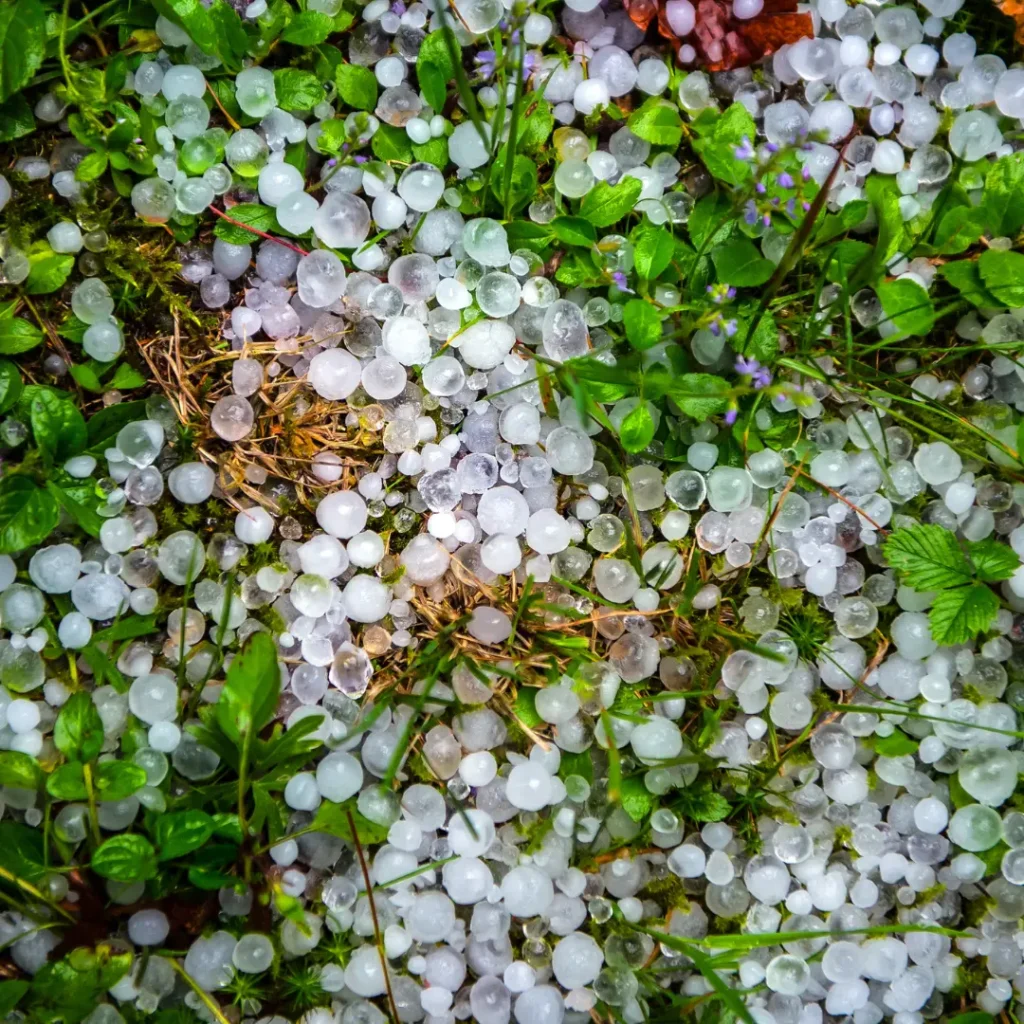
When the hail starts pelting down, the first thing you need to do is seek shelter indoors. Find a safe place away from windows and glass doors, such as a basement or interior room. This will protect you from any potential injury caused by falling debris or shattered glass.
As the storm rages on outside, it’s important to take precautions to shield yourself from any falling objects. Use pillows, blankets, or even a mattress to cover your head and body in case of larger hailstones breaking through windows or skylights. Remember safety first!
Window Well Cover
Our window well covers are designed to hold up against hail damage. They will not dent, crack, or shatter during a storm. They will also provide protection to your basement window that could possibly be damaged or broken if left uncovered.
Conclusion
If you live in an area with frequent storms, it is important to spend some money to hail-proof your home. Damages from a hail storm can far exceed the price you will pay to protect it in the first place.
Take a walk around the outside of your home to see where you can make some changes and protect yourself and your family
Continue reading on our blog:
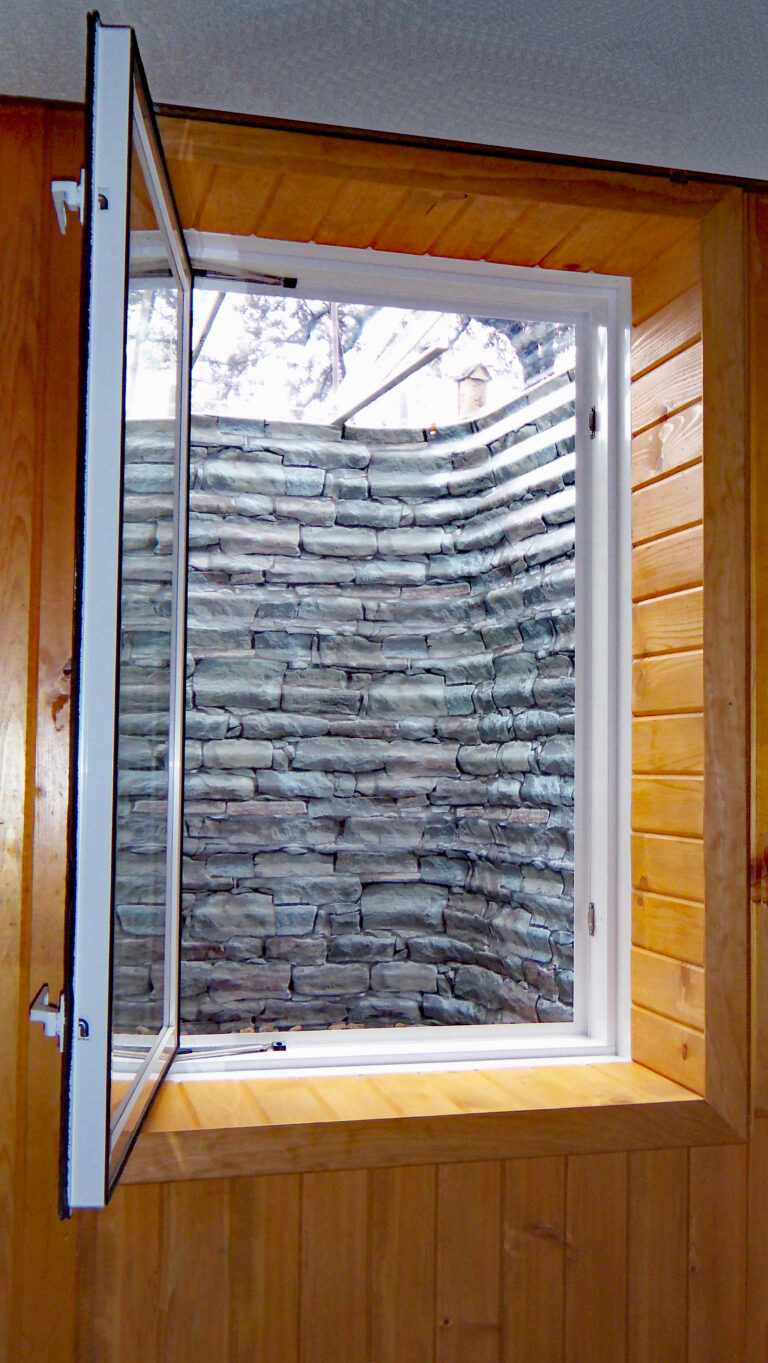
Types of Casement Windows: Inswing vs Sliding Windows
Picking the right windows matters a lot when renovating your basement. Good windows can change how the space looks and functions. Windows help with fresh air, natural light, and making an inviting atmosphere. Two common types of basement windows are inswing and sliding windows. Understanding Casement Windows Casement egress windows are well-known for giving great

Window Well Covers: The 2023 Creepy Edition
Imagine walking out at night and meeting one of the window wells or covers we will show you in a second. Broken bones will be your slightest worry, especially if you encounter a broken window well cover. In a burst of pre-Halloween inspiration, our sales team participated in creating the 2023 list of the scariest

